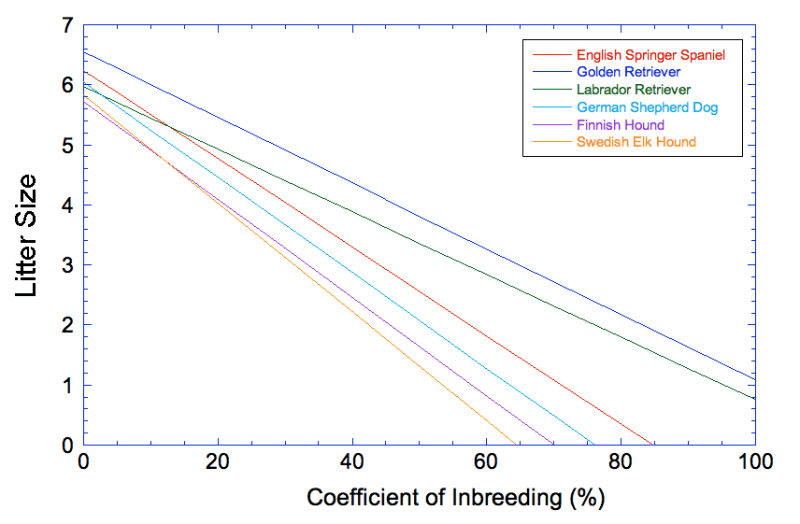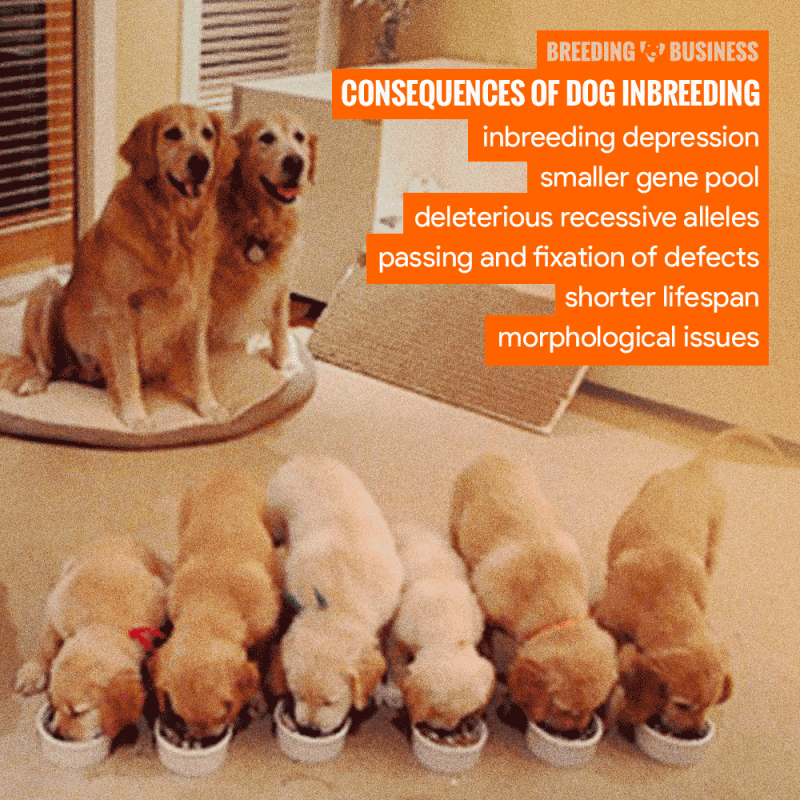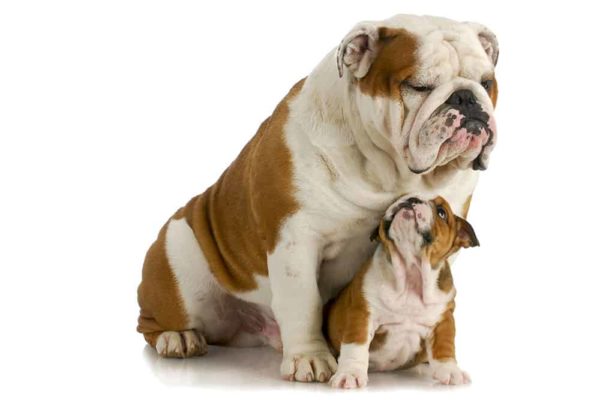Dogs being bred father to daughter is a classic example of extremely close inbreeding. Almost all breeders should never ever attempt to breed a daughter to her father dog, or any parent with any child, to give a very succinct and clear response.
Risks of Breeding Father to Daughter in Dogs
In general, due to the numerous risks involved, it is frequently strongly advised NOT to breed father and daughter dogs.
In fact, The Kennel Club has prohibited this kind of breeding. Although some breeders offer a general defense for mating father and daughter dogs, the results are frequently less than desirable. The risks of father-daughter intermarriage outweigh the advantages. Understanding what transpires during the act of inbreeding of such close proximity is necessary for a better understanding As previously mentioned, a father and daughter’s inbreeding coefficient is extremely close, increasing the likelihood that their subsequent offspring will experience negative outcomes. Before choosing to breed two canines who are closely related, one should weigh the risks.

Due to the lack of gene variation in inbred dogs, close inbreeding has resulted in cases of infertility in dogs. It has been reported that inbred males have lower fertility rates than purebreds, which makes it very challenging for breeders to continue the process. The females also experience more absorbed litters and a higher incidence of giving birth to sick whelps. Furthermore, inbred dogs have a higher mortality rate as well.
Many breeders attempt to improve the traits by mating closely related individuals, but they neglect to consider the serious impact this has on the available gene pool. During routine breeding, gene pools are widened, resulting in a variety of available traits in a species that promotes growth and variety along generational lines. Close inbreeding, however, prevents the gene pool from growing and keeps it extremely small. Small gene pools are more susceptible to genetic disorders.
While occasional mild aggression in dogs is common, closely bred dogs frequently exhibit abnormal behavioral symptoms. These dogs typically don’t show affection to other dogs, their own breeders, or their owners. Additionally, they frequently exhibit much greater fear in circumstances that do not affect purebred dogs. They exhibit higher levels of aggression and irritability, and they are more impulsive and anxious. Additionally, inbred pets tend to be less intelligent as well.
Inbreeding has a high rate of passing on abnormal or undesirous genes to the offspring. It is more likely to isolate a congenital defect than it is to isolate beneficial genes. This enables recessive alleles to be more prevalent in inbred specimens which can often lead to inbreeding depression and genetic diseases.
Because both the father and mother have a higher chance of carrying the same set of these genes than in a typical breeding situation, such alleles are more likely to manifest in close matings. Many conditions that affect the immune system, abnormal faces and bodies, eye diseases, and even cancer can manifest these defects. Because the pups had grown to have such large heads as a direct result of this type of close linebreeding, many of the dams had to have C-sections.

Breeders may believe they are in the clear early on only to discover their dog is seriously ill later on. This is one of the distressing aspects of some of these congenital defects because they frequently do not manifest until later.
Can Dad Dogs Breed With Their Daughters?
Well, if you’re asking if it is possible… yes. However, this can have a number of issues, much like many other species.
To provide you with a comprehensive response, let’s first examine the potential advantages.

What is the most inbred dog?
The Norwegian Lundehund has the highest level of inbreeding by a wide margin (more than 80%). This breed experiences extremely low fertility, a high puppy mortality rate, as well as gastrointestinal conditions that are frequently fatal.